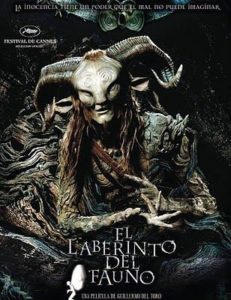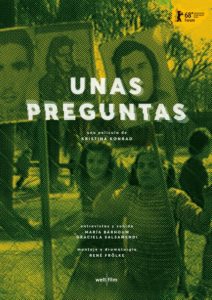1.19: Gramática- Artículos indefinidos y definidos / Hay
- Page ID
- 113863
Objetivos
- Select the appropriate definite or indefinite article for the context
 |
 |
 |
Definite articles (the) are used with specific nouns. They also tell us whether a noun is masculine or feminine AND plural or singular. They can be expressed in four ways:
| masculino | femenino | |
| singular | el | la |
| plural | los | las |
- ¿Quién es la profesora de español? (Who is the Spanish professor?)
- Necesito el libro de español. (I need the Spanish book.)
 |
 |
 |
Indefinite articles (a / an / some) are used with nouns that are not specific or have not been previously mentioned. Their forms also reveal whether a noun is masculine or feminine AND plural or singular. Indefinite articles can be expressed in four ways:
| masculino | femenino | |
| singular | un | una |
| plural | unos | unas |
- Hay una pizarra en el salón de clase. (There is a chalkboard in the classroom.)
- Hay unos papeles en mi mochila. (There are some papers in my backpack.)
El verbo hay
Hay comes from the verb haber and it means “there is.” However, hay is the only form used in the present tense for both singular and plural descriptions, so it also means “there are.”

- Hay una profesora en la clase. (There is one professor in the class.)
- Hay treinta estudiantes en la clase. (There are 30 students in the class.)
- Hay un reloj en la pared. (There’s a clock on the wall.)
- Hay dos pizarras. (There are two blackboards.)
- ¿Qué hay en tu mochila? (What is in your backpack?)
When making negative statements, the article is usually not included after the verb:
- En mi cuarto, no hay cortinas. (In my bedroom there aren’t any curtains.)
- No hay una cartera en su mochila. (There’s no wallet in her backpack.)
Hay is never followed by the definite article (el, la, los, las), only by indefinite articles, numbers or adjectives of quantity, or just nouns.
- Hay un papel en mi pupitre. (There is a paper on my desk.)
- Hay 20 estudiantes en la clase de español. (There are 20 students in the Spanish class.)
- Hay muchas chicas y pocos chicos en la clase. (There are a lot of girls and few boys in the class.)
- Hay problemas con el Wifi. (There are problems with the Wifi.)
Here’s a quick video to help you explore the use of “hay” further:
Contributors and Attributions
- Sin mais no hay pais. Authored by: La Coperacha. Located at: https://lacoperacha.org.mx/necesario-sistema-alimentario-que-asegure-reserva-distribucion-abasto-maiz-sin-maiz-no-hay-pais-2018/. License: CC BY-SA: Attribution-ShareAlike
- Movie posters. License: Other. License Terms: Used under fair use
- The Verb Hay. Authored by: The Leaf Architect. Provided by: leaflanguages.org. Located at: https://youtu.be/c0zbQKvQiwE. Project: Leaf Languages. License: All Rights Reserved. License Terms: Standard YouTube License
- Gramática: Artículos indefinidos y definidos / Hay. Authored by: SUNY Oneonta with Lumen Learning. Provided by: SUNY Oneonta with Lumen Learning. Located at: http://SUNY%20Oneonta. License: CC BY-SA: Attribution-ShareAlike


